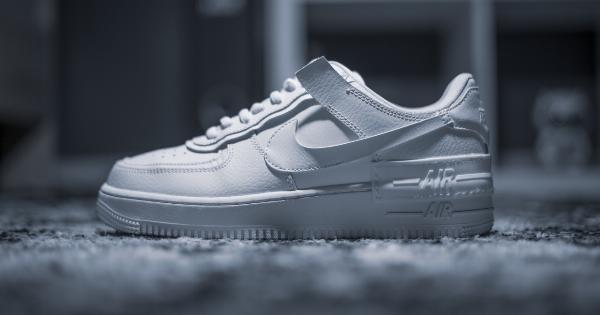Our feet are the foundation of our body and provide us with the ability to walk, run, jump, and dance. The way we walk or run is called our gait, and it can be an indicator of our overall health and wellness.
Your gait can reveal a lot about your body such as muscle imbalances, biometric data and even pain that you might not be aware of yet.
How Does Gait Analysis Work?
Gait analysis is the process of evaluating the way you walk or run. It starts with a physical evaluation of your feet and legs, followed by video recording and analysis of your stride and foot impact.
This analysis provides data of the mechanical movements of your body while walking or running. Based on this data, a conclusive report is generated, which indicates any issues detected in your gait that could result in future health problems.
The Importance of Gait Analysis as a Diagnostic Tool
Gait analysis is an important diagnostic tool for various health concerns such as injuries caused by sports, joint issues and even neurological disorders.
It is important that your doctor or therapist is aware of any abnormal gaiting, which could allow for early diagnosis and treatment of underlying conditions.
Gait Analysis and Biometrics
Biometric data refers to measurements and analysis of physical and behavioral characteristics of humans. Our gait is one of those behavioral characteristics.
The way we walk is unique to each person, and it can be used as part of biometric data to identify individuals. Biometric security systems often use gait analysis to authenticate user identity.
The Relationship Between Gait and Muscle Imbalances
Our gait can reveal muscle imbalances in our body. Muscle imbalances occur when there is a discrepancy between the strength of opposing muscles that control movement. This can result in poor posture and eventually lead to injury.
Gait analysis allows for early detection of muscle imbalances so they can be addressed before causing more severe problems.
Gait Analysis and Foot Pain
Our gait can impact our foot health significantly. Foot pain can be a result of the way we walk or run. A gait analysis can identify the root cause of the problem, which could be any number of issues from poor posture to wearing the wrong shoes.
Identifying and addressing the issue can prevent further damage, reduce pain and provide the necessary treatment to correct it.
Gait Analysis and Athletic Performance
An understanding of gait analysis is vital to improving athletic performance. Gait analysis allows athletes to identify any issues preventing them from performing at their best.
Early detection of poor gait mechanics can allow for the development of personalized training regimens and rehabilitation techniques to correct the problem before it causes more severe issues.
Gait Analysis and Neurological Disorders
Neurological disorders such as Parkinson’s disease and multiple sclerosis can impact gait in a variety of ways.
Abnormal gait is often one of the first symptoms of neurological disorders, and changes in gait can signal the advancement of the disorder. Gait analysis is used to identify these irregularities and allow early detection and treatment of neurological disorders.
The Role of Podiatrists in Gait Analysis
Podiatrists have a significant role to play in gait analysis. They are experts in examining the foot and lower limb, which gives them an understanding of the forces applied to the body during walking and running.
A podiatrist can examine you, observe your gait, and provide advice on footwear and exercises that can correct the issues identified.
The Future of Gait Analysis
The future of gait analysis is promising. Advancements in technology have made it possible to monitor gait in real-time, in multiple environments.
With the adoption of wearable technology, gait analysis can be continuous, allowing for early detection of any irregularities and timely responses. The technology is being used to monitor patients with Parkinson’s disease and multiple sclerosis, the elderly who have experienced falls and even athletes with the aim of enhancing their performance.






























